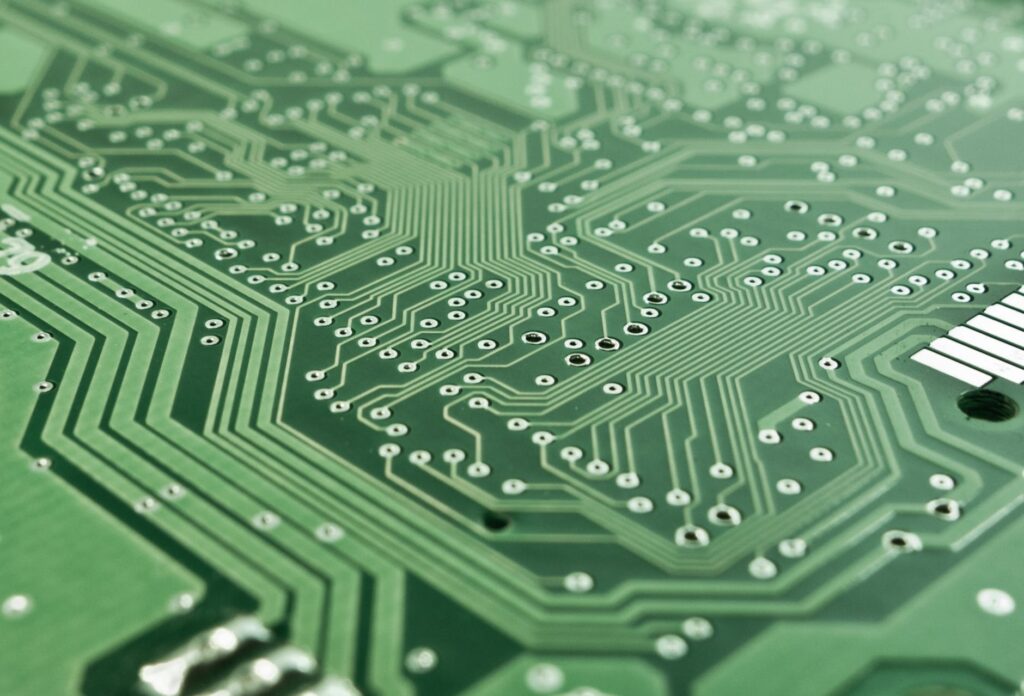
Introduction
Edge computing is a rapidly growing field that is changing the way data is processed and stored. Edge computing refers to the decentralized processing of data at or near the source of data generation, rather than relying on remote data centers.
Says Dylan Sidoo,this approach is becoming increasingly important as the Internet of Things (IoT) continues to grow, generating vast amounts of data that must be processed and analyzed in real-time. In this article, we will explore the rise of edge computing and its impact on the IoT.
What is Edge Computing and How Does it Work?
Edge computing involves processing data at or near the source of data generation, using edge devices such as routers, gateways, and edge servers. These devices are equipped with processing and storage capabilities, allowing them to process data locally, reducing the need for data to be transmitted to remote data centers. This approach provides several benefits, including lower latency, reduced bandwidth requirements, and improved privacy and security.
The Growth of the Internet of Things
The Internet of Things is a network of interconnected devices, such as sensors, cameras, and smart devices, that are connected to the internet. The IoT is growing rapidly, with billions of devices expected to be connected in the coming years. As the IoT continues to grow, the amount of data generated will also increase, leading to new challenges in terms of data processing, storage, and analysis.
The Benefits of Edge Computing for the IoT
Edge computing provides several benefits for the IoT, including lower latency, reduced bandwidth requirements, and improved privacy and security. By processing data at the edge, edge computing reduces the amount of data that must be transmitted to remote data centers, reducing latency and bandwidth requirements. Additionally, edge computing provides improved privacy and security, as sensitive data can be processed locally, reducing the risk of data breaches and unauthorized access.
The Challenges of Edge Computing
While edge computing provides many benefits, it also presents some challenges that must be addressed. One of the biggest challenges is the need for powerful and reliable edge devices, which must be able to process and store vast amounts of data in real-time. Additionally, edge computing requires robust and secure networks, which must be able to transmit data between edge devices and remote data centers.
The Future of Edge Computing and the IoT
The future of edge computing and the IoT is bright, with many exciting advancements and innovations on the horizon. As edge computing continues to grow and mature, it is likely that more devices will be equipped with edge computing capabilities, leading to more efficient and effective data processing and analysis. Additionally, edge computing will play a crucial role in enabling the IoT to reach its full potential, enabling the creation of new and innovative applications that will change the way we live and work.
Conclusion
In conclusion, edge computing is a rapidly growing field that is changing the way data is processed and stored. Edge computing provides several benefits for the IoT, including lower latency, reduced bandwidth requirements, and improved privacy and security. While edge computing presents some challenges, the future of edge computing and the IoT is bright, with many exciting advancements and innovations on the horizon. By addressing these challenges, we can ensure that edge computing continues to grow and mature, enabling the IoT to reach its full potential.